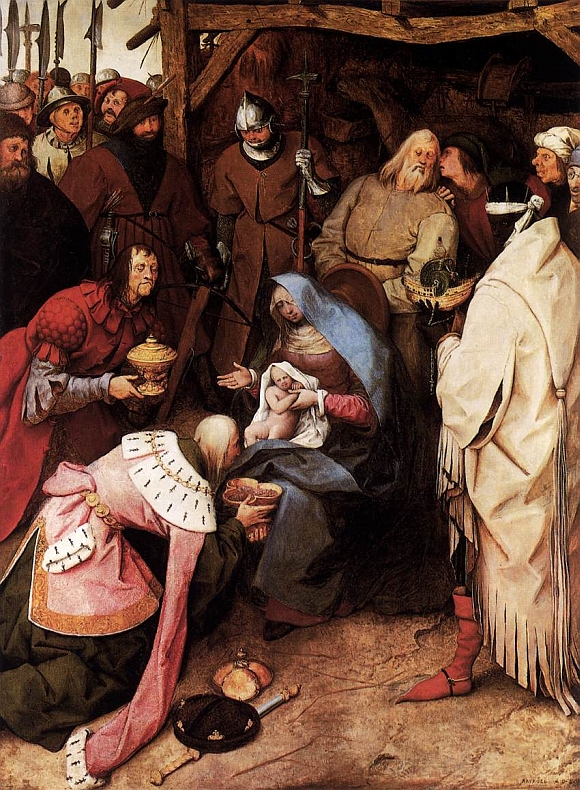Here’s a John Donne poem about the nativity which, as a Scott Horton article in Harper’s Magazine points out, plays with paradox in characteristic Donne fashion: although God’s immensity appears to be cloistered within Mary’s womb, it can be held by none as it “fills all place.” A second paradox lies in the way that we know that God pities us by the fact that He places Himself in a position to be pitied by us.
Horton talks about the significance of the imprisonment image for Donne. As the poet saw it, in our lives we move from one imprisonment to another:
We are all conceived in close Prison; in our Mothers wombs, we are close Prisoners all; when we are borne, we are borne but to the liberty of the house; Prisoners still, though within larger walls; and then all our life is but a going out to the place of Execution, to death.
I am reminded here of Wordsworth’s passage from Intimation of Immortality, “Shades of the prison house begin to close/Upon the growing boy.” Just as Wordsworth finds hope in the fact that he has “shadowy recollections” of “God who is our home,” so Donne finds hope in the nativity story. We only seem to be imprisoned, only seem to be threatened by Herod. If we look with our faith’s eyes, however, we will see God’s immensity. Though, as humans, we partake of Mary’s woe, we have but to kiss Jesus and embark on the trek to Egypt—which is to say, through life.
Immensity cloistered in thy dear womb,
Now leaves His well-belov’d imprisonment,
There He hath made Himself to His intent
Weak enough, now into the world to come;
But O, for thee, for Him, hath the inn no room?
Yet lay Him in this stall, and from the Orient,
Stars and wise men will travel to prevent
The effect of Herod’s jealous general doom.
Seest thou, my soul, with thy faith’s eyes, how He
Which fills all place, yet none holds Him, doth lie?
Was not His pity towards thee wondrous high,
That would have need to be pitied by thee?
Kiss Him, and with Him into Egypt go,
With His kind mother, who partakes thy woe.
Check out Horton’s article to see what he has to say about Breughel’s painting of the Nativity scene above. As Horton notes, it’s not like those more humble Breughel paintings that we are more familiar with, whether of Mary and Joseph riding into Bethlehem or Herod’s soldiers massacring the innocents. Although it glorifies its subject in a High Gothic, Rafael-like style, Horton says that it is still a “feast for the eyes.”


